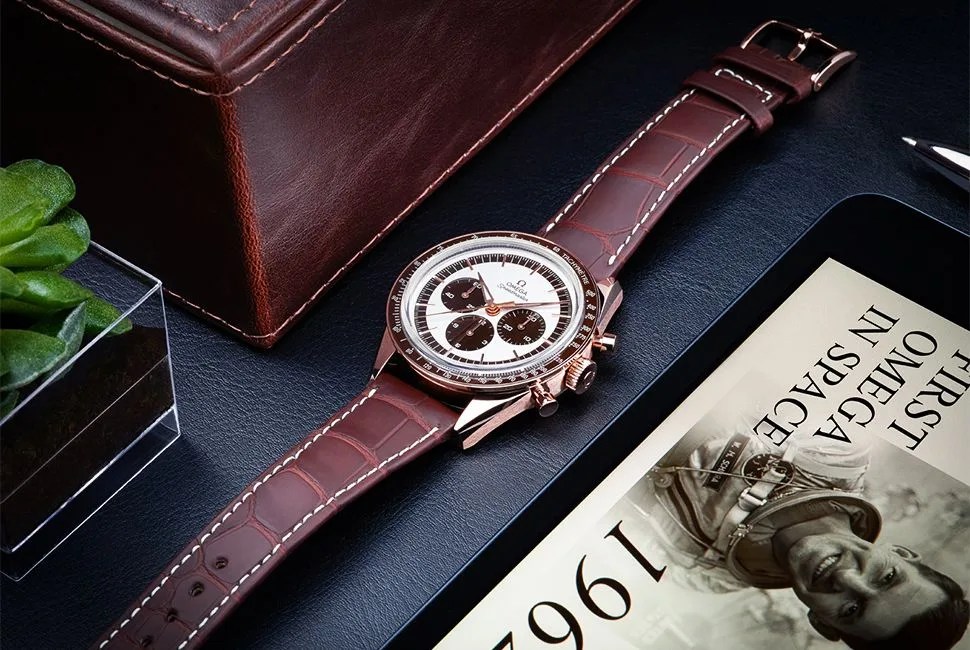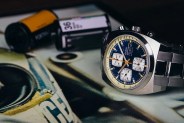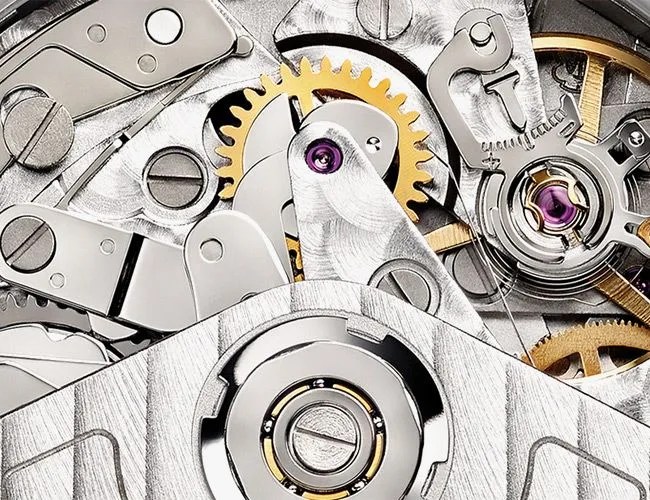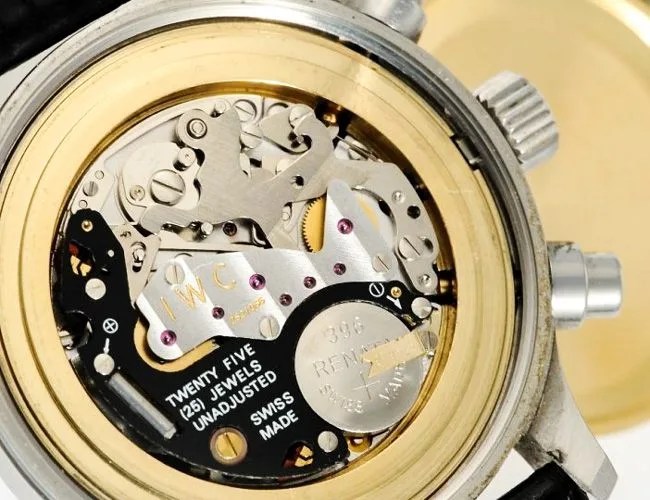The first chronographs ever made from the 19th century were used for timing horse races, at the behest of King Louis XVIII, who wanted to know how long the races lasted. While those early chronographs were not much more than a clockwork mechanism in a box, the concept made its way to wristwatches about 100 years later, and over the course of the mid-century, chronographs watches became vital tools for race car drivers, pilots and astronauts.
But buy a chronograph today, and it’s likely that instead of timing races and space walks, you’ll be keeping track of when to flip that steak you’re grilling or when you need to replug the parking meter. And that’s perfectly fine. Because, as much fun as it is to celebrate their history and design, chronographs have plenty of use in modern life, too. So be it a sentimental or a practical purchase, if you’re planning on picking one up, this is a good place to start.
The Chronograph, Explained
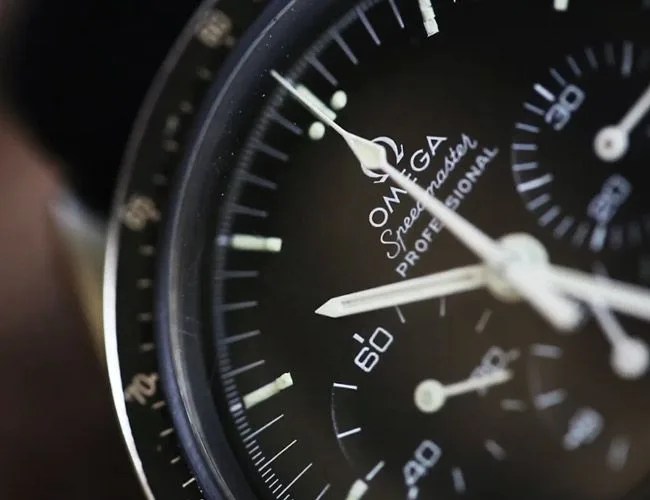 Gear Patrol
Gear PatrolWhile most of us won’t time anything beyond a boring meeting or boiling eggs, a chronograph is all about readiness, potential and the human interaction with a micro-engineering marvel — not to mention the rare opportunity to stop time.
